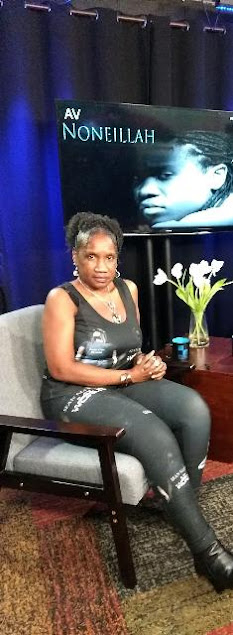Public-Access Television Host From Noneillah Talk Show And Podcast Naomi Johnson
To the average customer, broadcast and cable offerings are almost indistinguishable. On the business end, however, broadcast and cable have some important differences. Let’s break that down. (Stay tuned for local programming a little later.)
Broadcast television is the most common form of television in the United States. Broadcast channels use public airwaves to transmit programs that are theoretically available to any TV set within range of a broadcast transmitter, at no cost to the viewer.
As such, most broadcast channels – so-called “commercial channels” – gain revenue through advertising. Think CBS, ABC, NBC, or The CW. Non-commercial channels, such as PBS, gain revenue through donations or other means.
Drawing the largest American audiences by far, broadcast channels are considered to be major legacy networks. Their advertising potential – and subjection to regulation by the Federal Communications Commission (FCC) – make their differences from cable and local TV significant for advertisers and lawmakers alike.
Cable Television
Unlike broadcast channels, cable channels like Animal Planet, AMC, or Comedy Central do not use public airwaves. Instead, they charge viewers subscription fees for transmission.
Cable channels are private entities offering all the pros and cons of private, demand-driven media. Because cable television relies on revenue from consumers, the FCC has passed a number of cable policies to promote fairness to consumers and broadcasters. Still, cable channels offer a ripe advertising landscape, just like broadcast channels.
Developed in the 1950’s as a way to provide better signals to areas lesser-served by broadcast TV, cable television is still present in about 70% of American homes.
Local Television
Local programming includes local news stations or syndicated programs. Here in Los Angeles, we receive local news and weather channels related to what is going on in our local area. Even as Americans’ viewing habits change, recent research shows local TV pulling strong audiences (particularly during election years).
As of the 1960’s, cable operators are required by FCC regulation to reserve specified allotments for local channels, preventing them from being charged for airtime and financially edged out. 818-703-0218



No comments:
Post a Comment